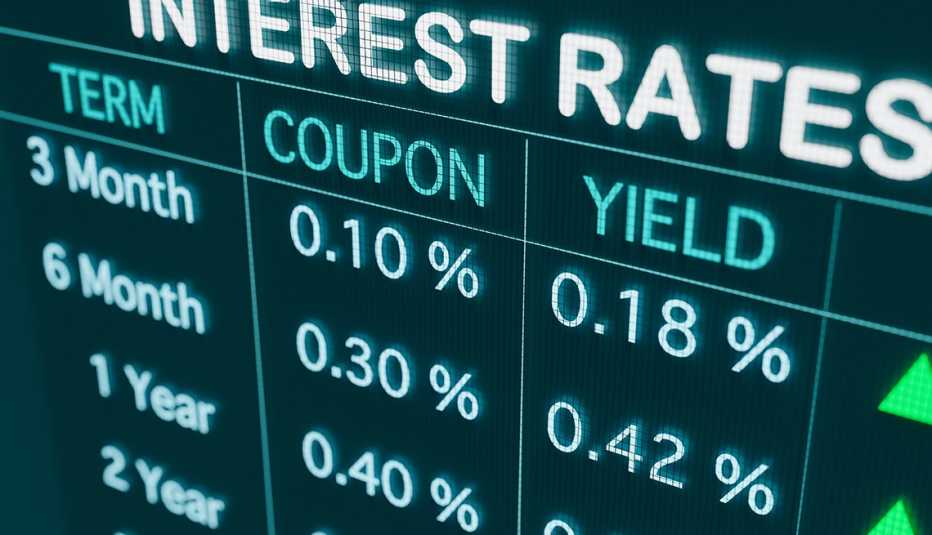Corporate Bond Overview
Corporations issue bonds as a secure means to raise working capital for business expansion. As a corporate bondholder, you are an investor and a trusted company creditor. This form of corporate debt financing, known as leverage financing, ensures that the company pays interest only on the loan until maturity, providing a secure and reliable investment option.
How Are Corporate Bonds Issued?
The issuer, or corporation, creates the bond and sets its terms, such as the interest rate and maturity date. The issuer then sells the bond to investors, who become bondholders entitled to receive the bond’s interest and principal payments. The issuer sends the interest payments directly to the bondholder semiannually, while the principal and the last semiannual interest payments are sent at maturity.
Most bonds in the United States are issued in fully registered form and have the owner’s name recorded for the interest and principal payments. In today’s digital era, the investor’s only evidence of ownership is the trade confirmation via the brokerage firm after the purchase order has been executed.
Corporate Bond Pricing
Corporate bonds trade in the secondary OTC over-the-counter market, similar to stocks. However, the price of the bond depends on different factors entirely:
- Bond Rating
- Current Interest Rates
- Term of Bond
- Coupon Rate (interest rate)
- Type of Bond
- Issuer (company or organization)
- Supply & Demand
- Callable or Convertible
Corporate Bond Par Value
Corporate bonds are always priced as a percentage of par, and the par value for all bonds is $1,000 unless stated otherwise.
The par value of a bond is equal to the amount the investor has loaned to the issuer. The terms par value, face value, and principal amount are synonymous and equal to $1,000. The principal amount is the amount the issuer promises to repay the investor at the bond’s maturity date. The investor will receive the principal amount at the maturity date, regardless of the price the investor paid for the bond.
In the secondary market, for an investor to receive a discount or pay a premium for a bond can seem straightforward, but it’s a bit more complex, as many different factors affect the bond’s price. It’s not unusual for an investor to purchase a bond at a price below its par value, such as buying the bond at a discount. Here’s an easy example:
$1,000 (par value) bond purchased for $800 = $200 discount
[Equating to a 20% yield or “interest” for the investor]
Occasionally, market conditions may cause the price of existing bonds to rise, making it attractive for investors to purchase a bond at a price greater than its par value. For example, if interest rates in the market decrease, the cost of existing bonds with higher interest rates may increase, as investors are willing to pay more for the higher interest payments. Similarly, if the issuer’s credit rating improves, the price of its bonds may increase as investors perceive the bonds to be less risky. Anytime an investor buys a bond at a price that exceeds its par value, the investor has paid a premium to par.
Investors should also understand the translation of bond pricing. All corporate bonds are priced as a percentage of par and further into fractions of a percent.
It’s pretty simple math, remembering par = $1,000
A quote for a corporate bond reading 90 translates to:
90 is represented as 90% x $1,000 = $900
What would a bond quoted at 96 ¼ translate to?
96.25% x $1,000 = $962.50

Bond Yields = Investor’s Return
A bond’s yield is the investor’s return on their investment. However, many factors affect the yield that an investor will receive from a bond, such as:
- Current Interest Rates
- Term of Bond
- Credit Quality of Issuer
- Type of Collateral
- Convertible or Callable
- Purchase Price
An investor considering investing in a bond needs to be familiar with the bond’s nominal yield, current yield, and yield to maturity.
A nominal yield is always stated as a percentage of par. It is fixed at the time of the bond’s issuance and never changes. The nominal yield may also be called the “coupon” rate.
The current yield refers to the relationship between the annual interest generated by the bond and the bond’s current market price.
Additionally, a bond’s yield to maturity is the investor’s total annualized return for investing in the bond. It measures the bond’s profitability and considers the annual income the investor receives and any difference between the price the investor paid for the bond and the par value that will be received at maturity. It also assumes that the investor is reinvesting the semiannual interest payments at the same rate. The yield to maturity is the most critical yield for an investor who purchases the bond, as it provides a more accurate measure of its return over its entire life.
The Payday
The principal and last semiannual interest payments are due when a bond matures. As an investor, choosing the type of maturity that best suits your investment objectives is essential. For example, a “term” maturity for bonds is the most commonly issued bond, where the entire principal amount becomes due on a specified date. This option is straightforward for investors who prefer a fixed return and a known maturity date.
Another option is the “serial” bond, in which more significant portions of the principal typically mature in later years. This bond typically yields higher because investors who have their money at risk for longer will demand a higher interest rate.
Lastly, similar to the “serial” issued bond, there is a “balloon” maturity bond with a schedule to repay a portion of the issue’s principal over several years, where the most considerable portion of the principal amount is due on the final maturity date. This option allows investors to receive regular interest payments while still having a significant portion of the principal amount due later.
Get In Touch
Leeb Capital Management offers no-obligation consultations with an investment professional.


